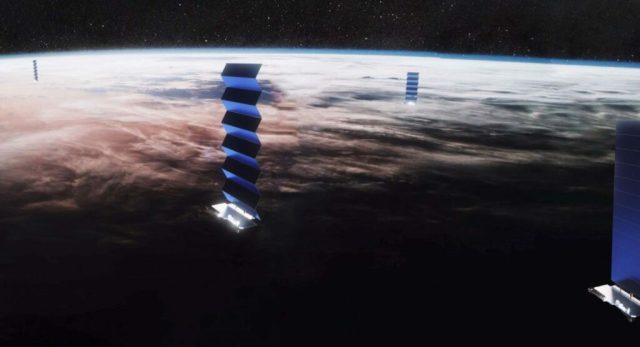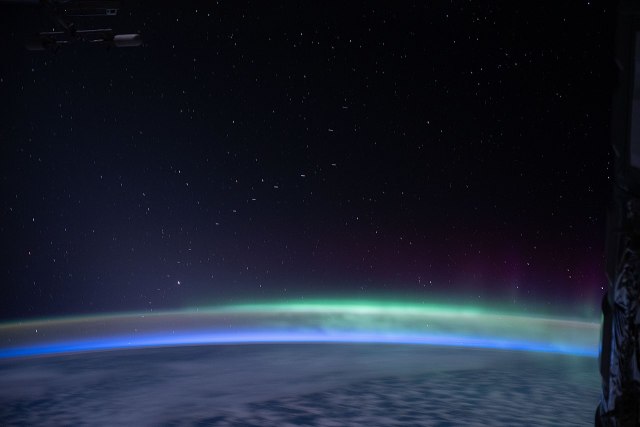Elon Musk's company lost 40 Starlink spacecraft due to a geomagnetic storm. Satellites should burn up in the atmosphere, there is no threat to other vehicles.
The Falcon 9 launch vehicle launched 49 Starlink satellites into low Earth orbit on February 3. The launch took place at the LC-39A launch complex located on the territory of the Kennedy Space Center.
The launch itself was successful, however, as SpaceX stated yesterday, the satellites can be considered lost. The reason is a geomagnetic storm that began on Earth on the same day, on the third. It is caused by a medium-strength flash that occurred on the Sun at the end of January and lasted more than four hours. The flare was accompanied by a coronal mass ejection directed towards the Earth.
Such phenomena lead to heating of the atmosphere and an increase in its density. SpaceX noted that atmospheric resistance increased by 50 percent compared to previous Starlink launches.
The spacecraft were deployed so that they flew facets forward, as if "piercing" the atmosphere, but the satellites could not be returned to their working position.
As stated in the company of Elon Musk, the satellites should burn up in the atmosphere. They do not pose any danger to other devices. The formation of new space debris is also out of the question.
Starlink is positioned as a new generation satellite network designed to provide broadband Internet access anywhere in the world. The development of the project began in 2015, TINTIN test prototypes were successfully launched in February 2018. Today, the total number of launched satellites is about two thousand units.

Starlink satellites in the artist's view
Image Source: SpaceX
Starlink devices received electrostatic motors powered by the Hall effect using krypton. Due to this, they can raise their orbit, maneuver and descend from orbit at the end of operation. Each device weighs about 260 kilograms and is made in the form of a flat panel.
The year before last, SpaceX began providing commercial Internet access services in the northern United States and Canada. As of last month, the number of users of Starlink beta testers reached 145 thousand in more than 20 countries.
The total amount of investments needed to implement the project is estimated at about ten billion dollars. The number of devices will reach 12 thousand units.
Earlier, we recall that archival images confirmed the harm of Starlink satellites for astronomical observations. In turn, the Chinese threatened to boycott Tesla because of the convergence of these devices with the Tiangong station.

